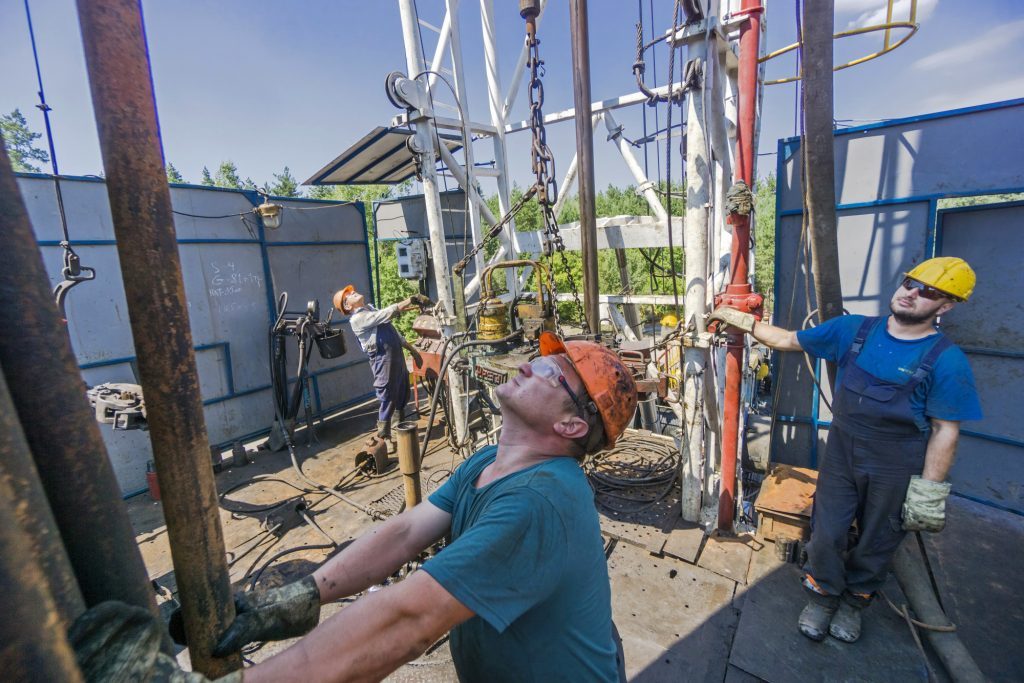
Oil steadied below $65 a barrel in London after a volatile week in which the market was shaken by the shutdown of a North Sea pipeline that underpins the Brent benchmark.
Prices in London were little changed on the week. They jumped above $65 for the first time since 2015 on Tuesday after the Forties pipeline in the U.K. shut down because of a crack. Those gains were eroded as the International Energy Agency’s voiced doubts the market would fully rebalance in 2018, diverging from the view of OPEC.
“It’s been volatile,” Torbjorn Kjus, analyst at DNB Bank ASA, said by phone. If the Forties pipeline is “out for a month, it should have a positive effect” on prices as 10 million barrels of supply could easily be lost to the market.
Prices have risen this year as the Organization of Petroleum Exporting Countries and its allies including Russia curb output, with the limits to remain in place until the end of 2018. Yet doubts persist about whether another 12 months of cuts will finally eliminate the inventory surplus that’s weighed on the market for three years.
Brent for February settlement adds 15 cents to $63.46 a barrel at 1:39 p.m. on the London-based ICE Futures Europe exchange after climbing 1.4 percent on Thursday. Prices are up about 11 percent this year. The global benchmark crude traded at a premium of $6.12 to February West Texas Intermediate.
WTI for January delivery was at $57.29 a barrel on the New York Mercantile Exchange, up 25 cents. Total volume traded was 9 percent below the 100-day average. Prices gained 44 cents to $57.04 on Thursday.
The Forties halt forced Ineos, the operator of the pipeline, to declare force majeure, a contractual term that allows it to miss deliveries due to events beyond its control. That’s the first time in nearly 30 years that such a condition has been declared in the North Sea, according to Gary Ross, founder of PIRA Energy, now part of S&P Global Platts.
Energy market news:
The IEA and OPEC have diverging opinions on when they see the market rebalancing. OPEC expects a glut in inventories will finally be cleared by the end of next year, while the IEA says the surplus will barely change. Part of the disagreement is what happens to shale oil output in the U.S, with the IEA seeing higher output from the U.S. rivals. BP Plc is returning to the solar-energy business with a $200 million investment in a company that develops and maintains photovoltaic farms in Europe, showing how majors are taking steps into the renewable energy technologies that are starting to disrupt the energy industry.
Recommended for you
